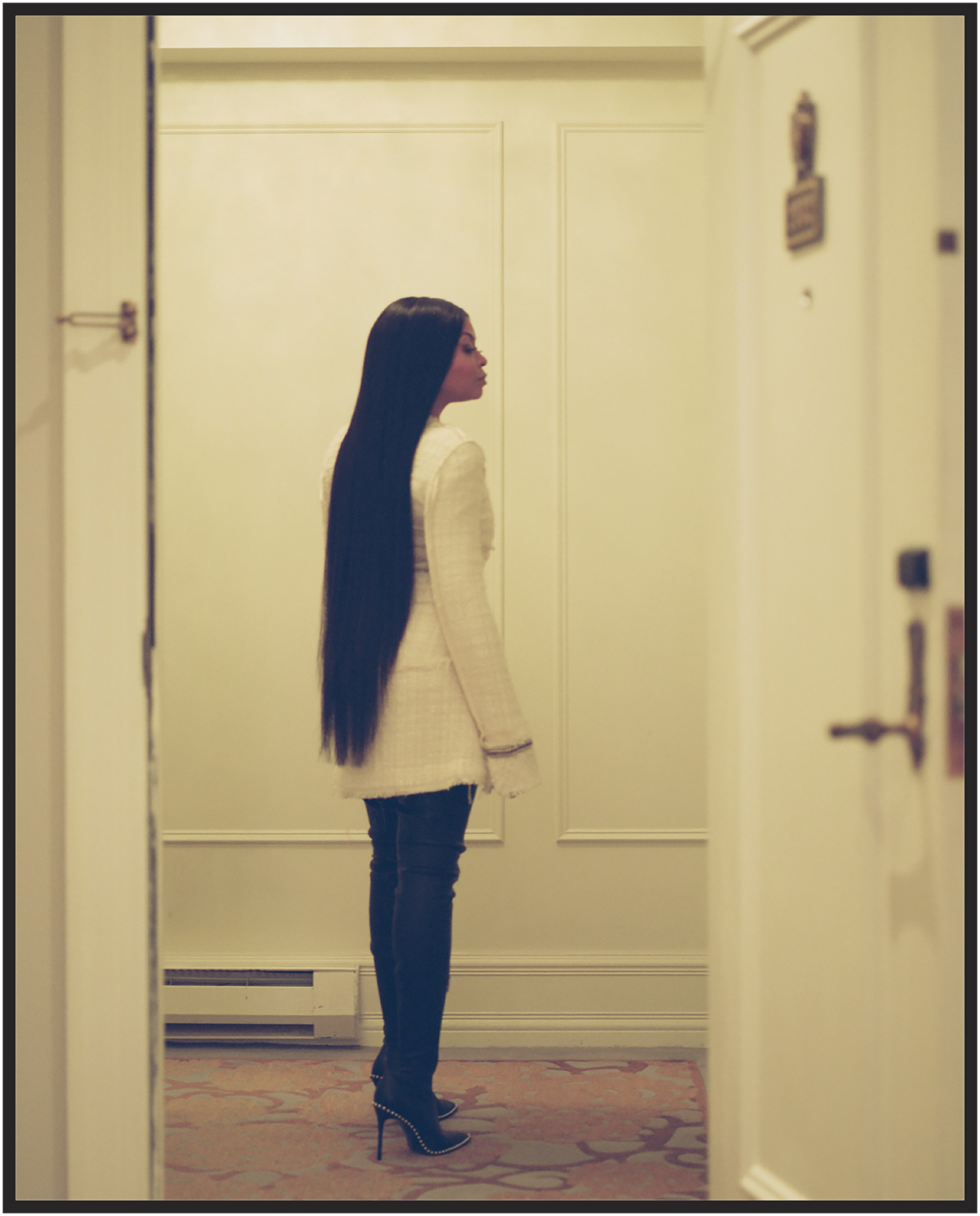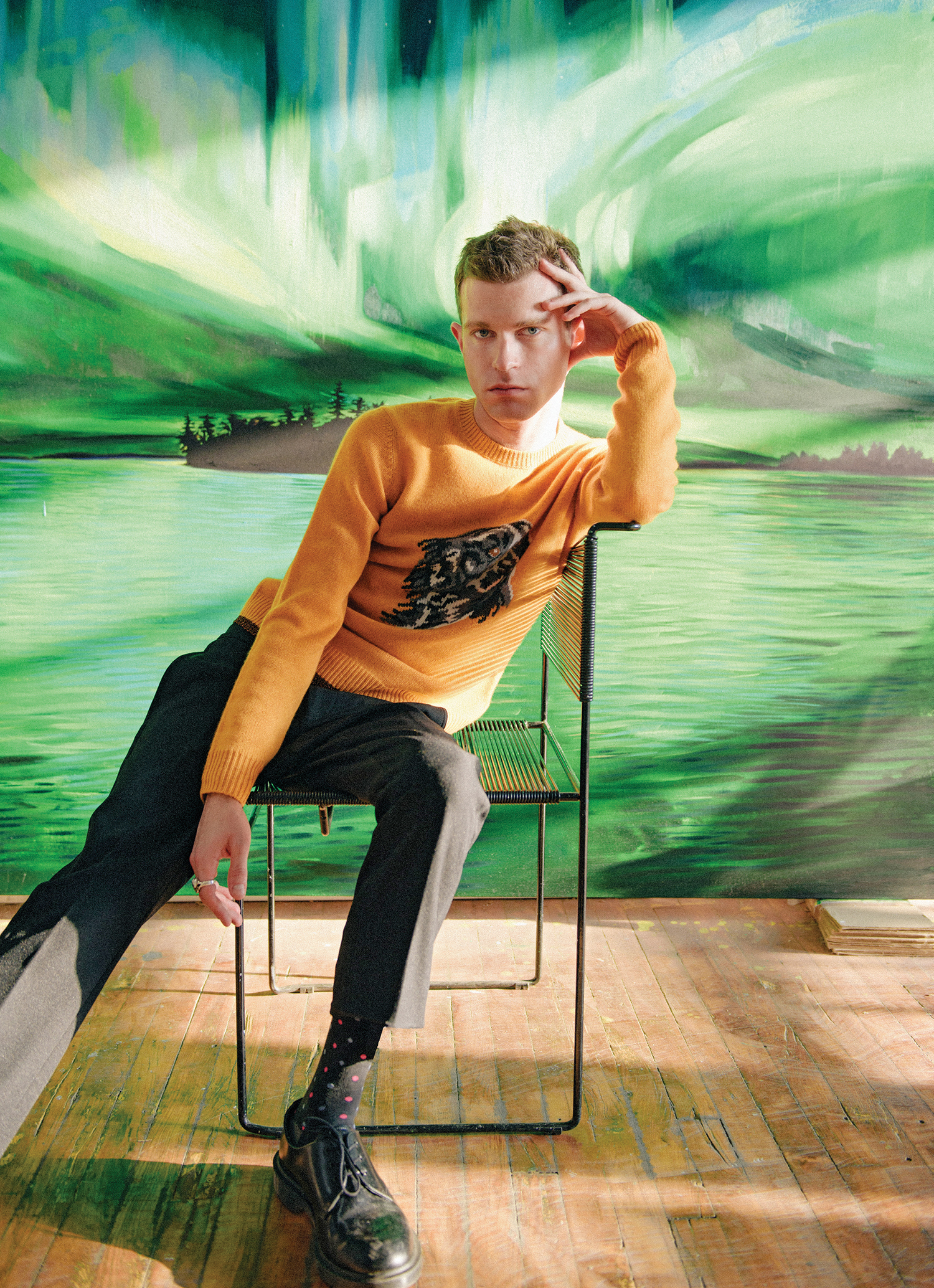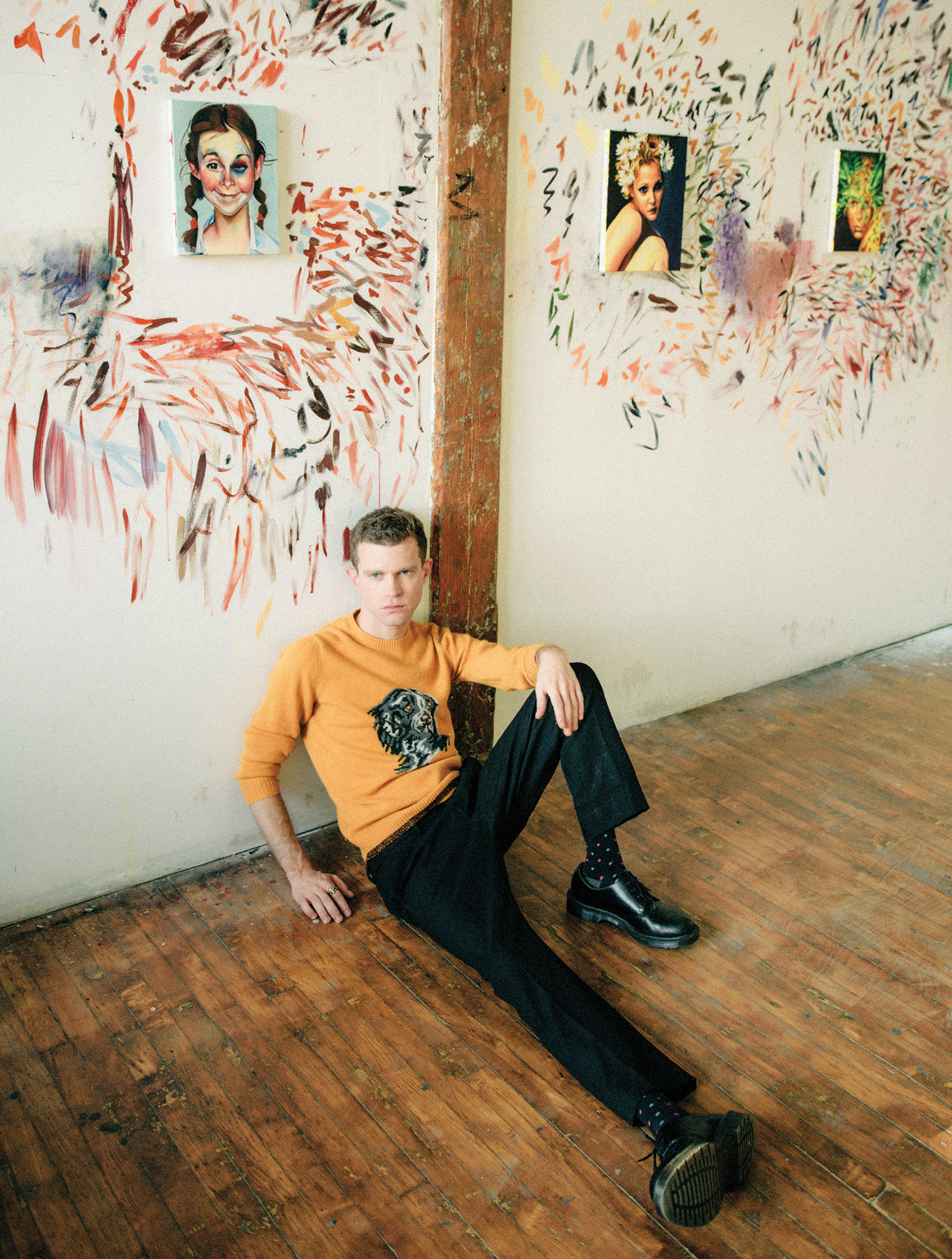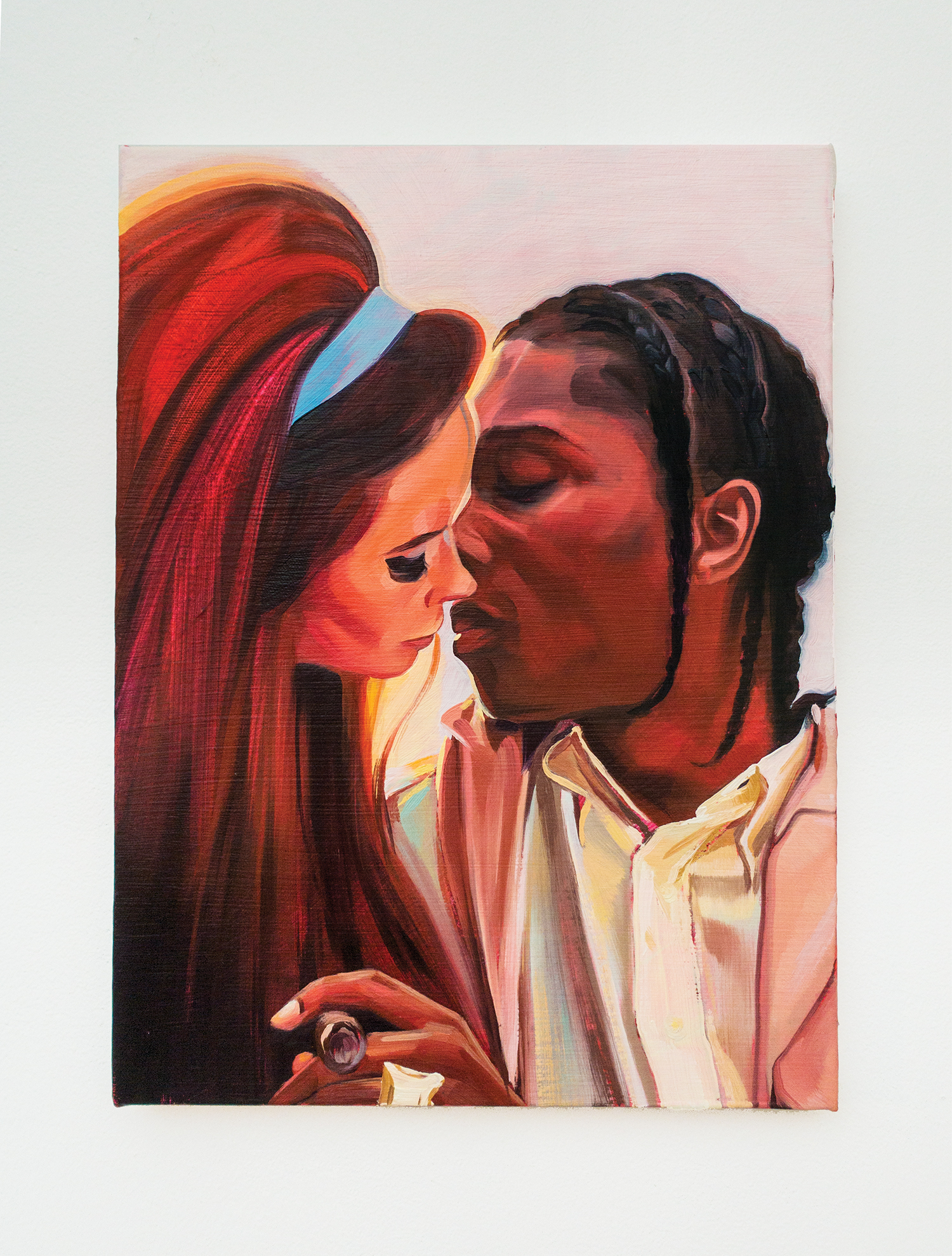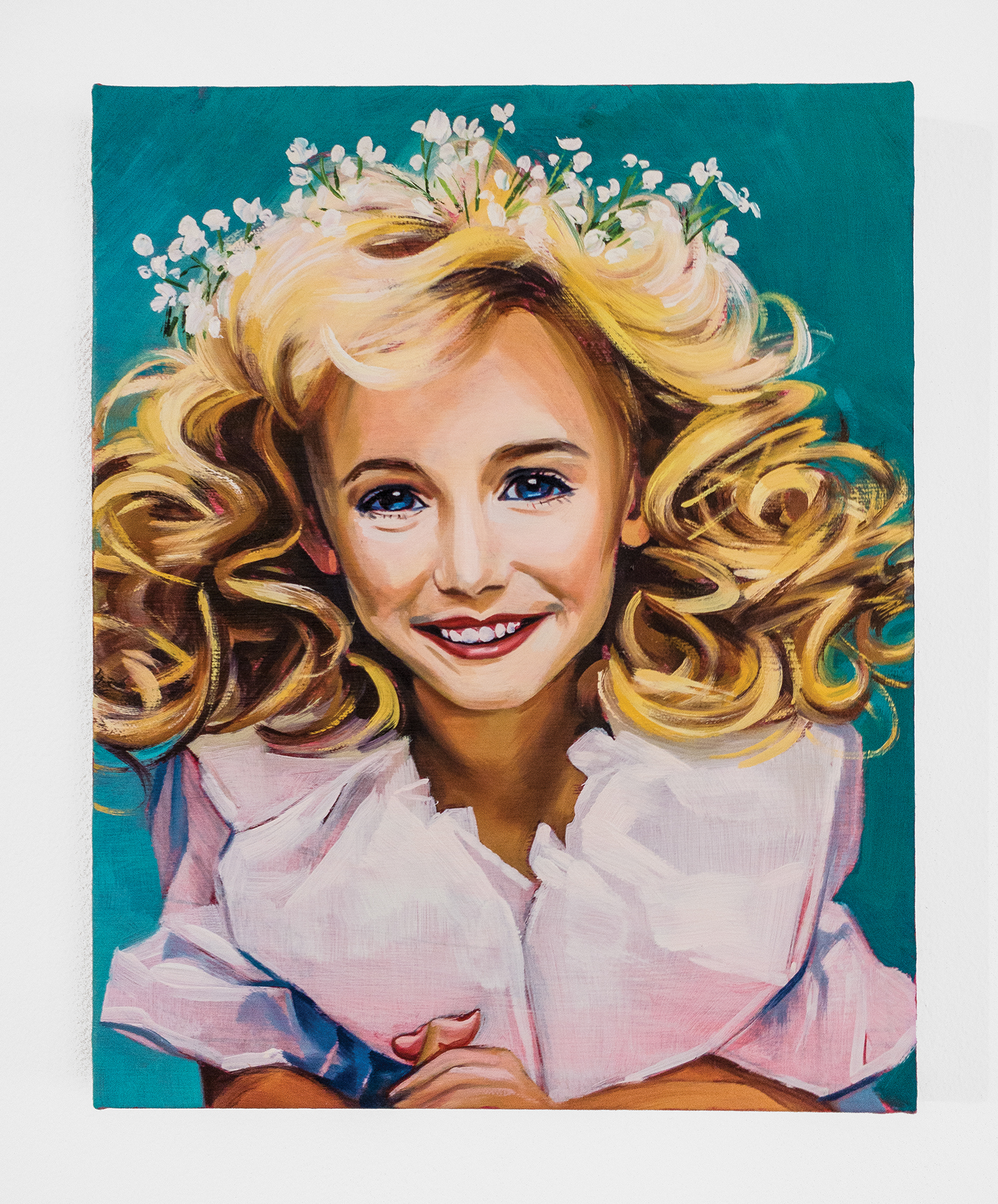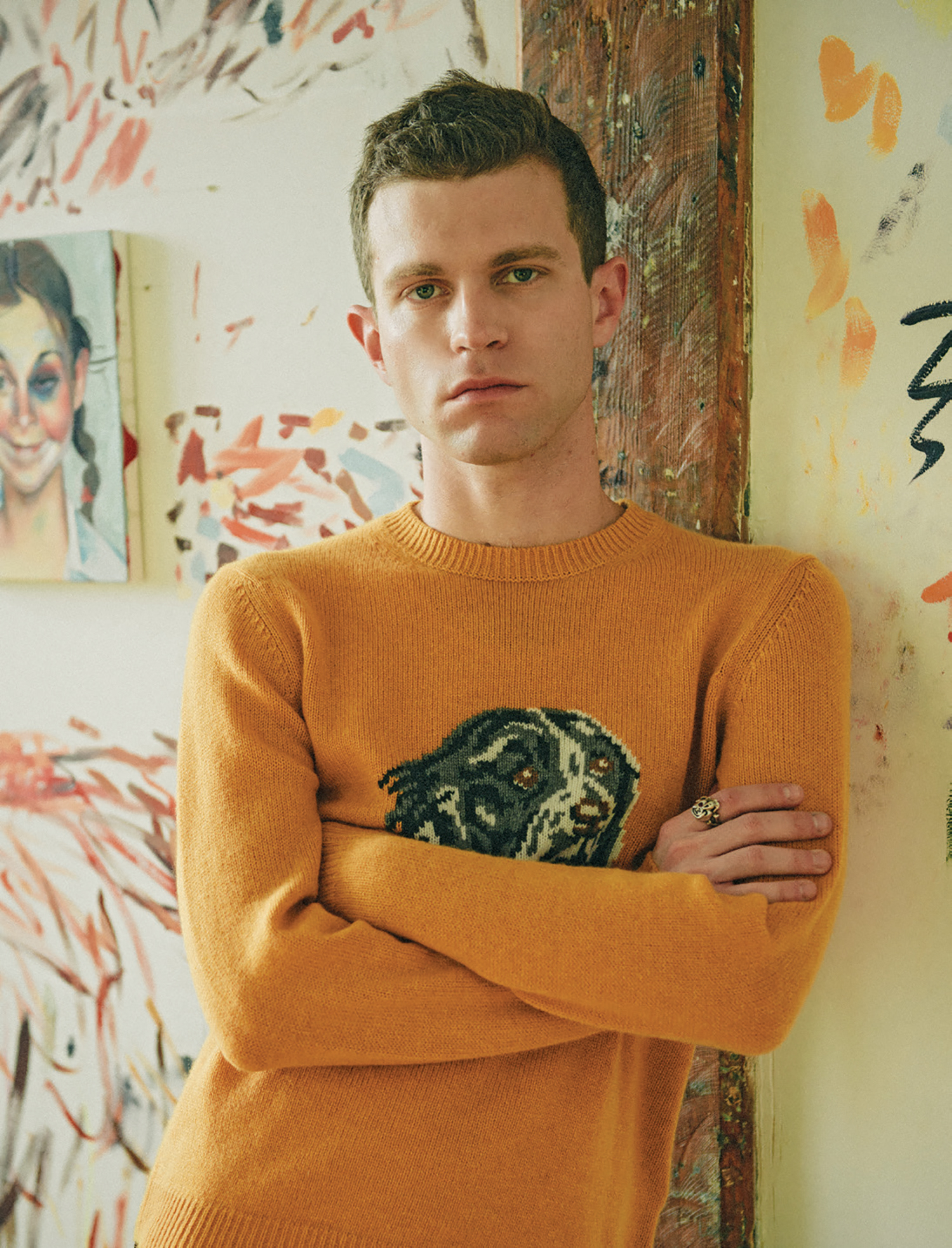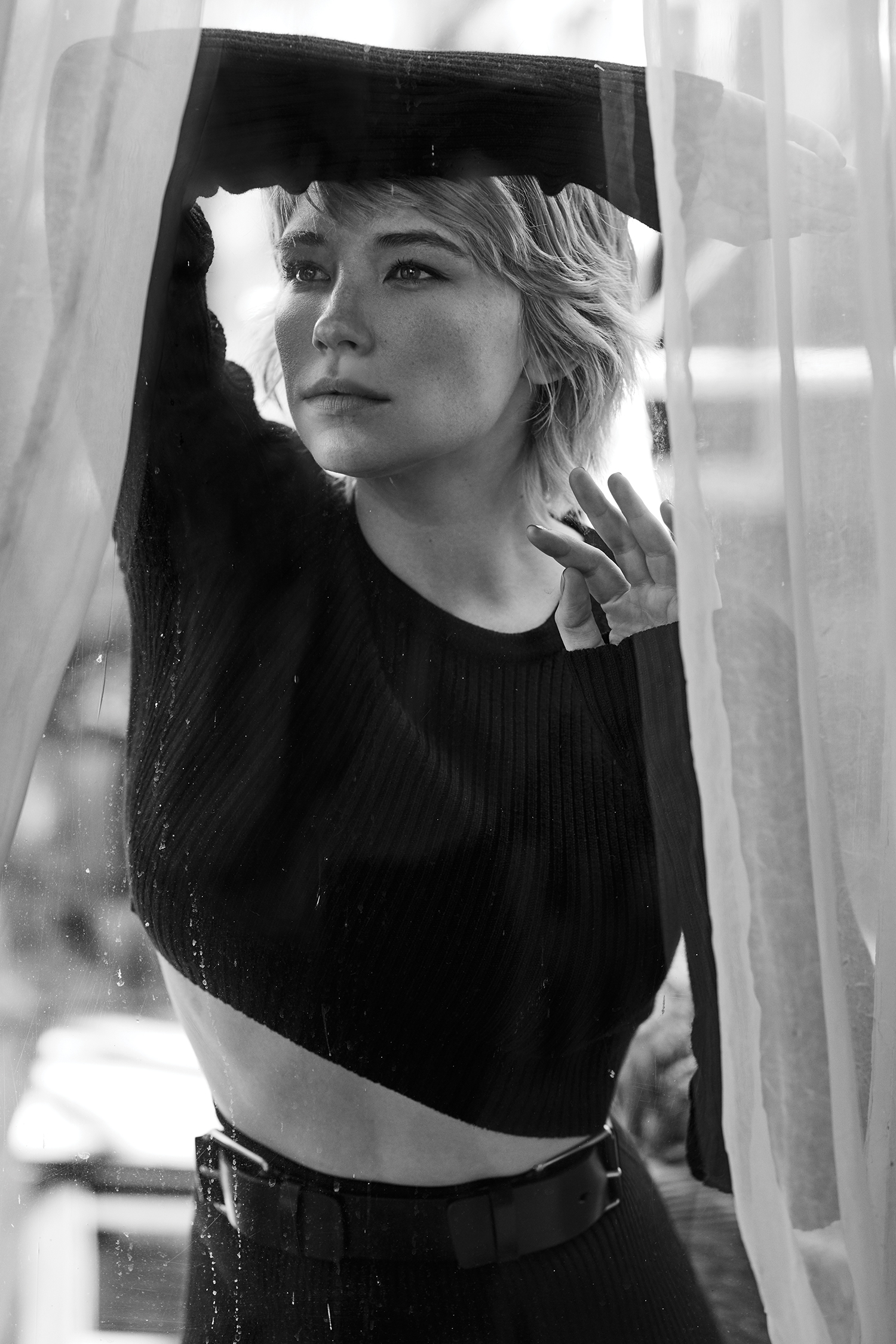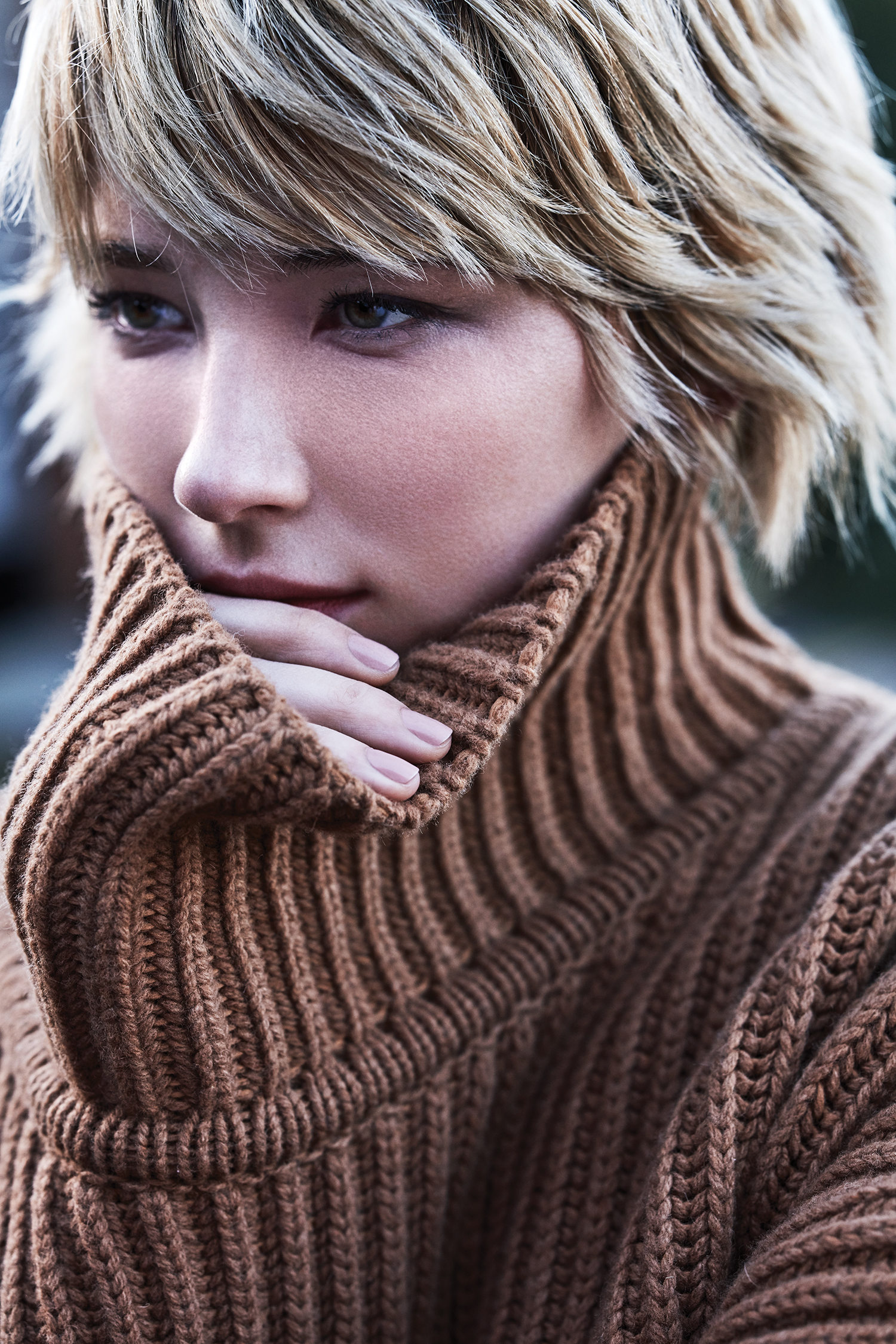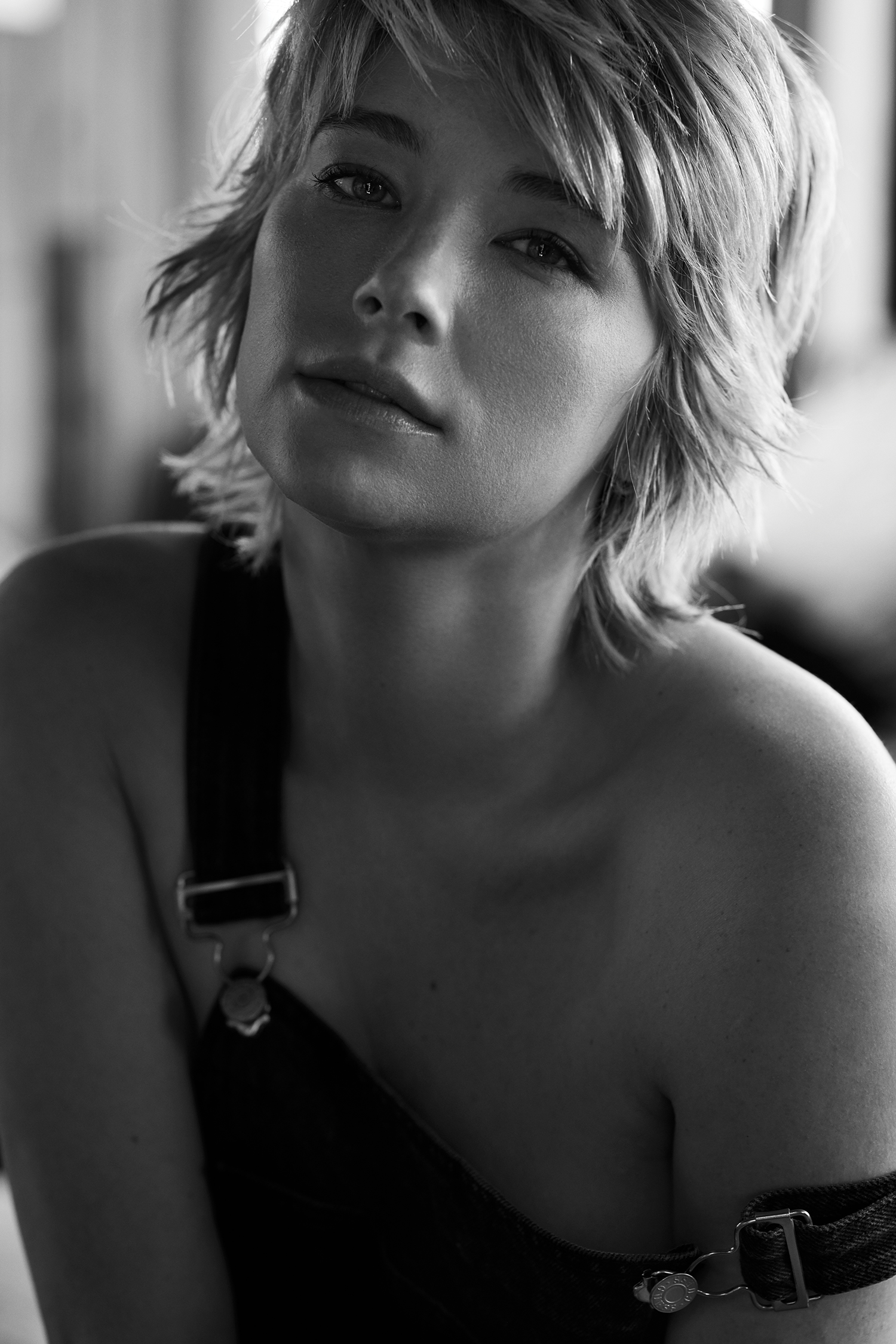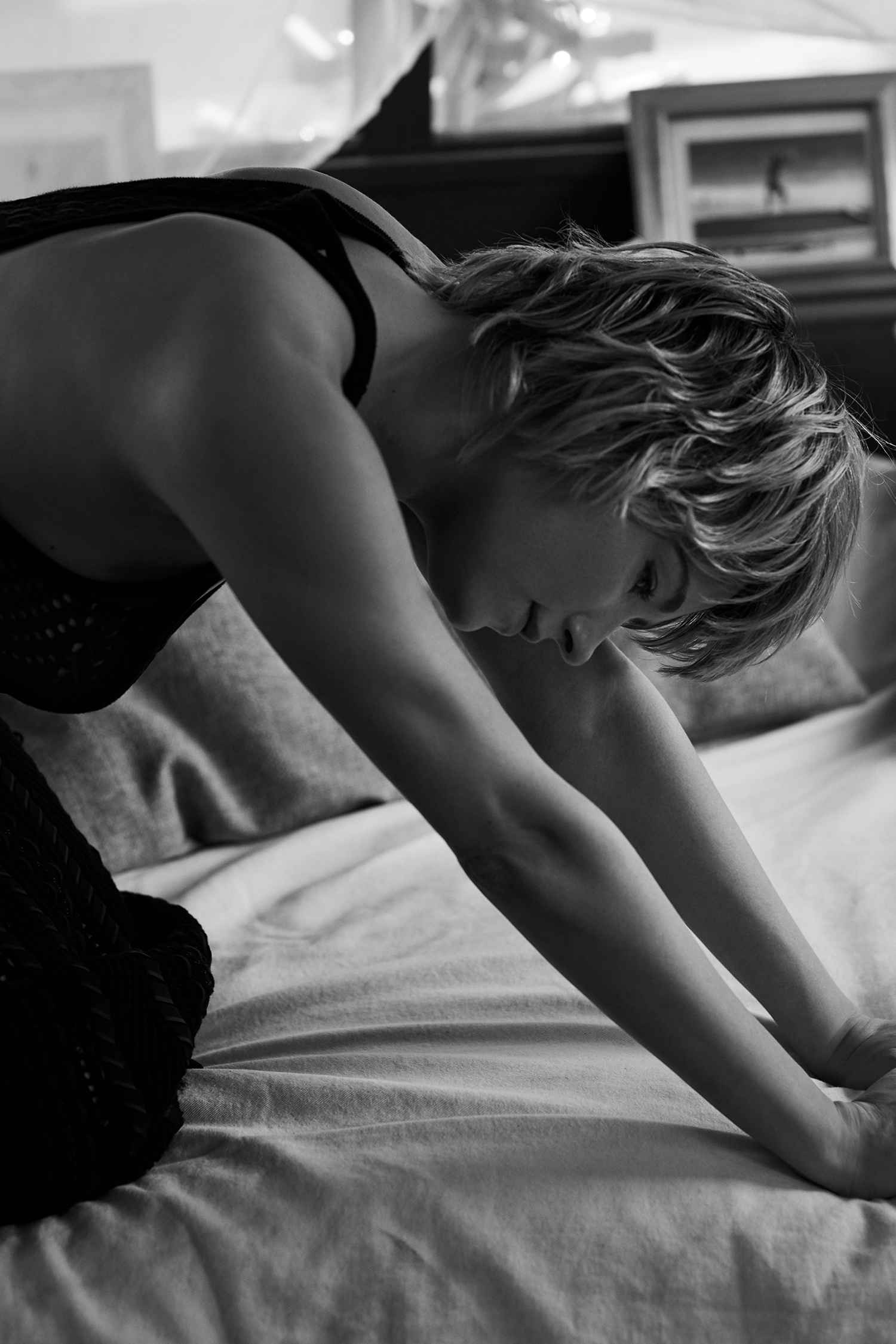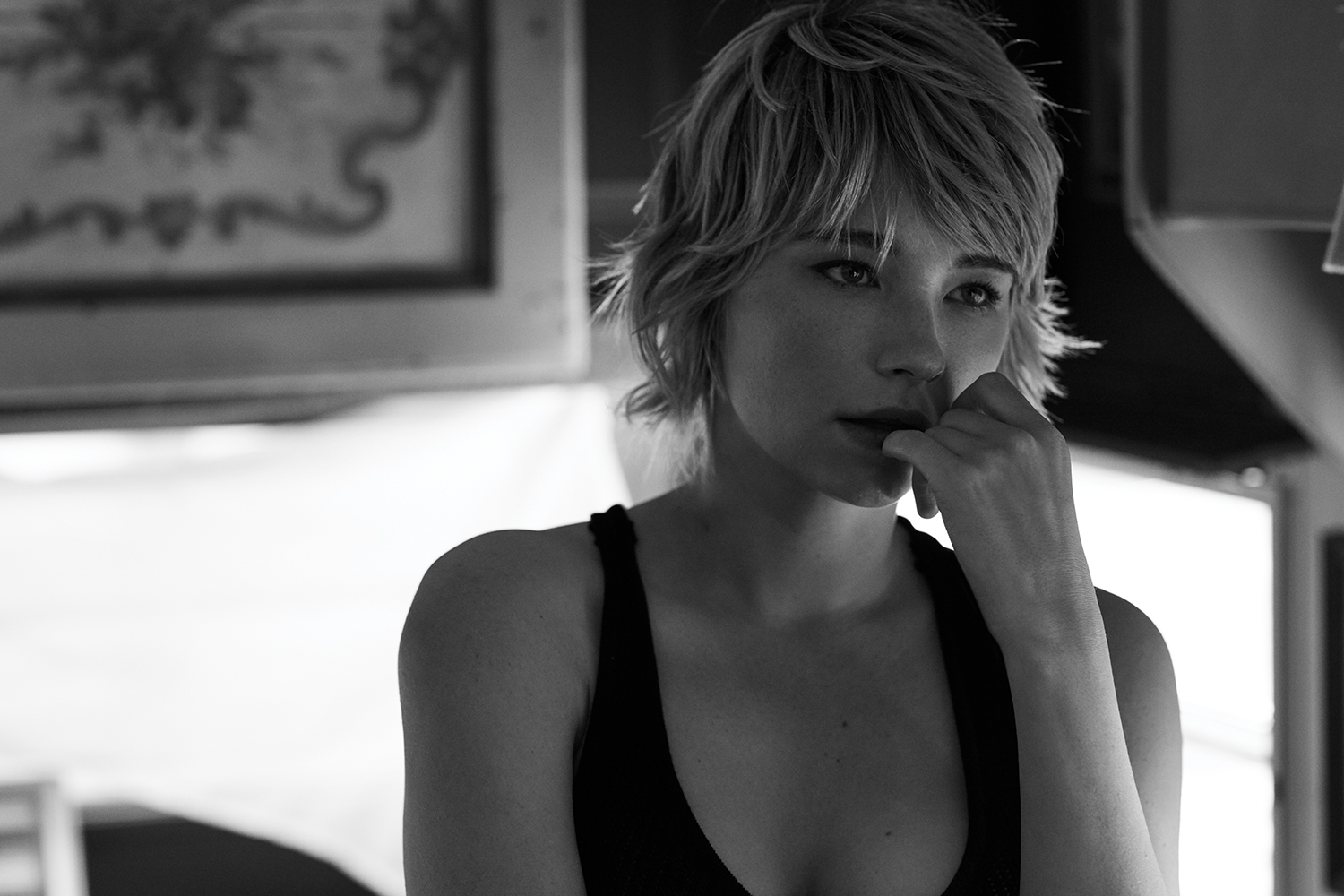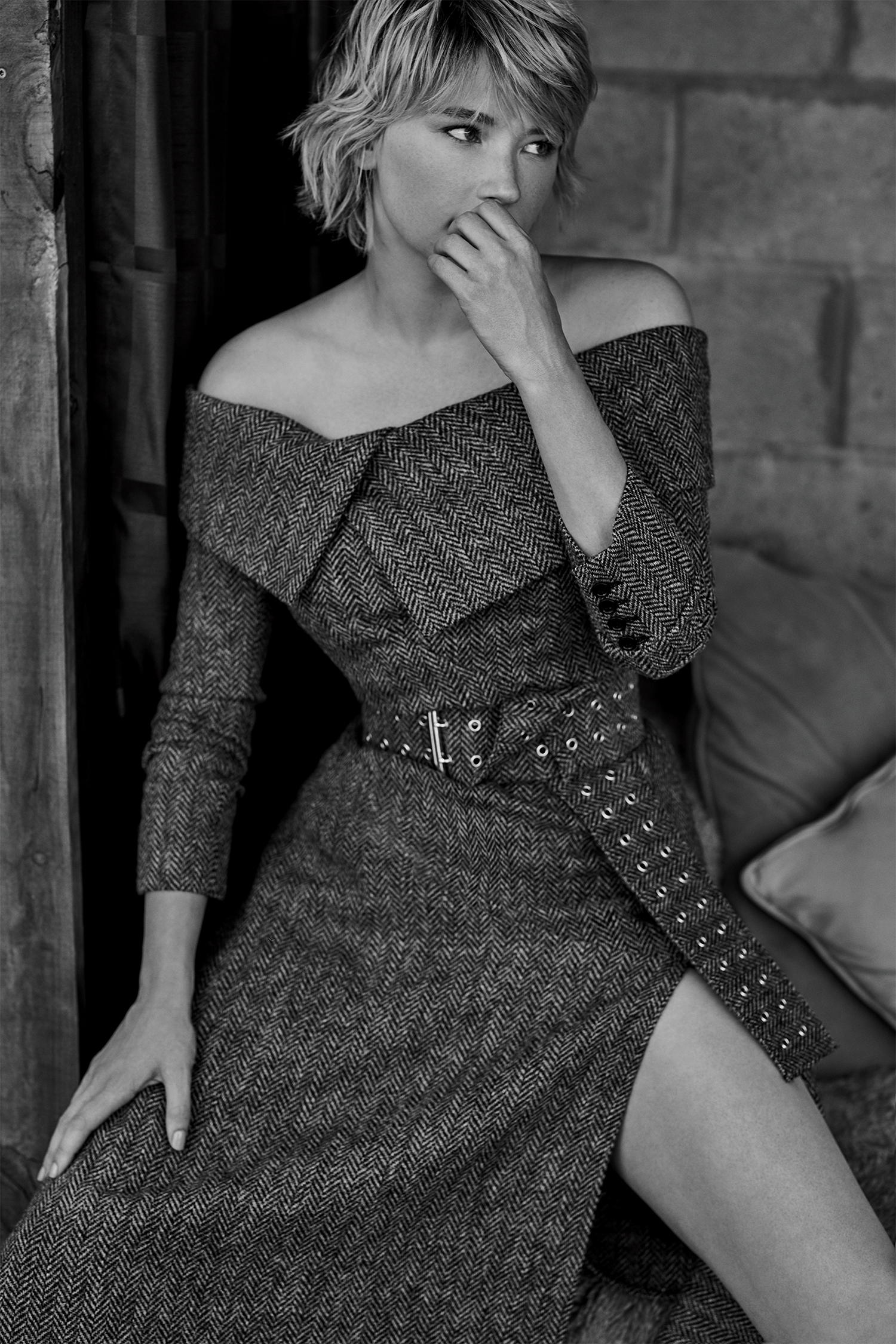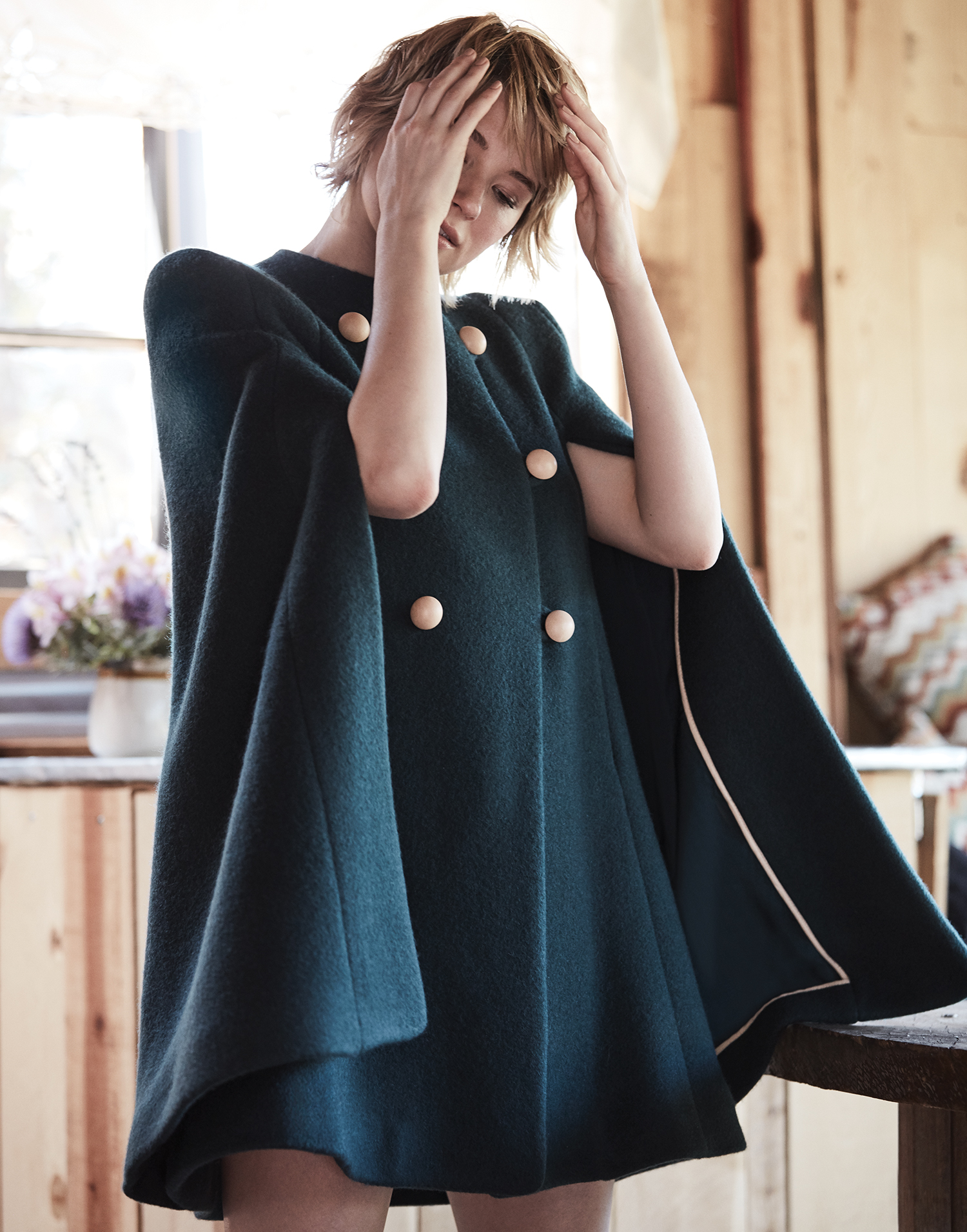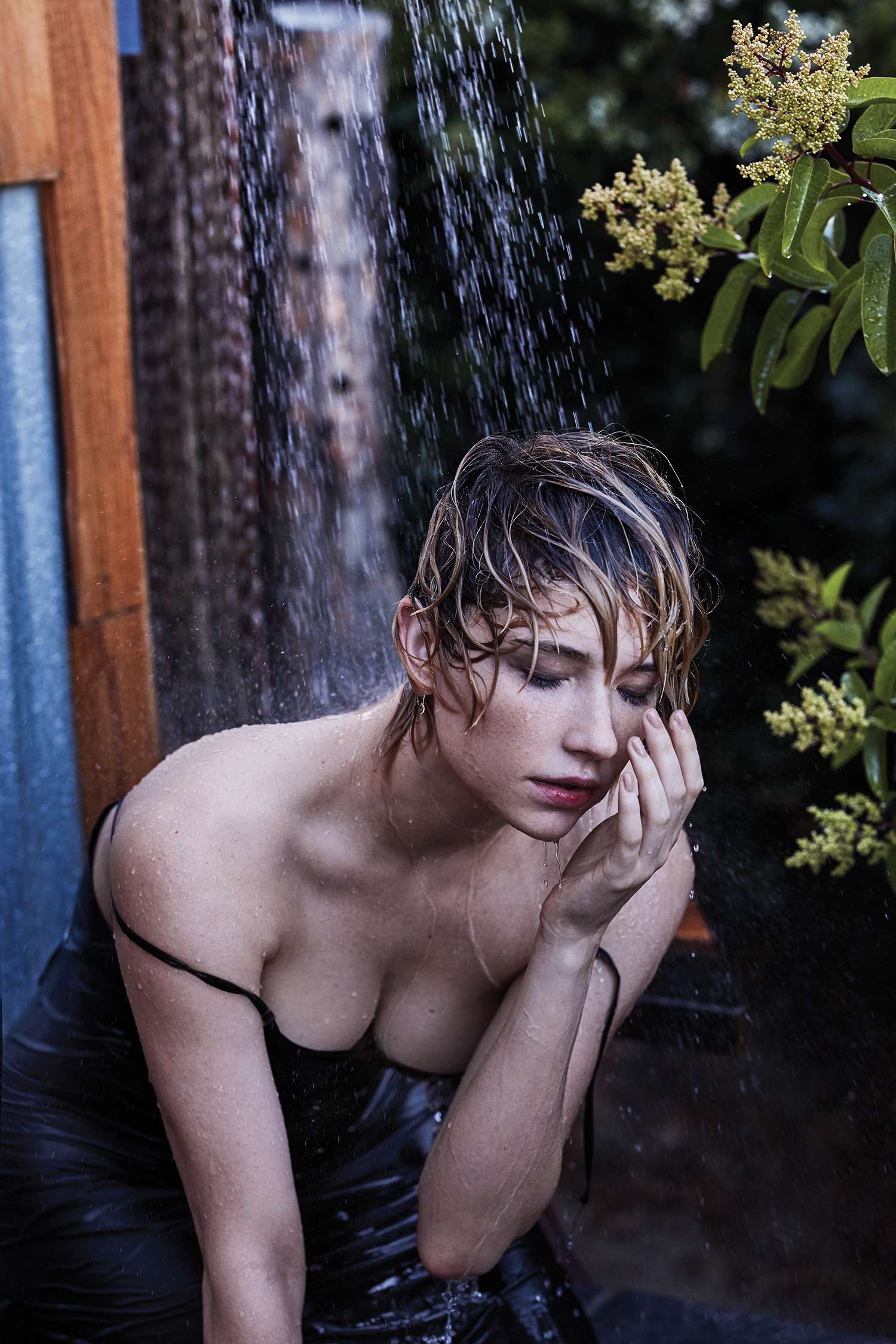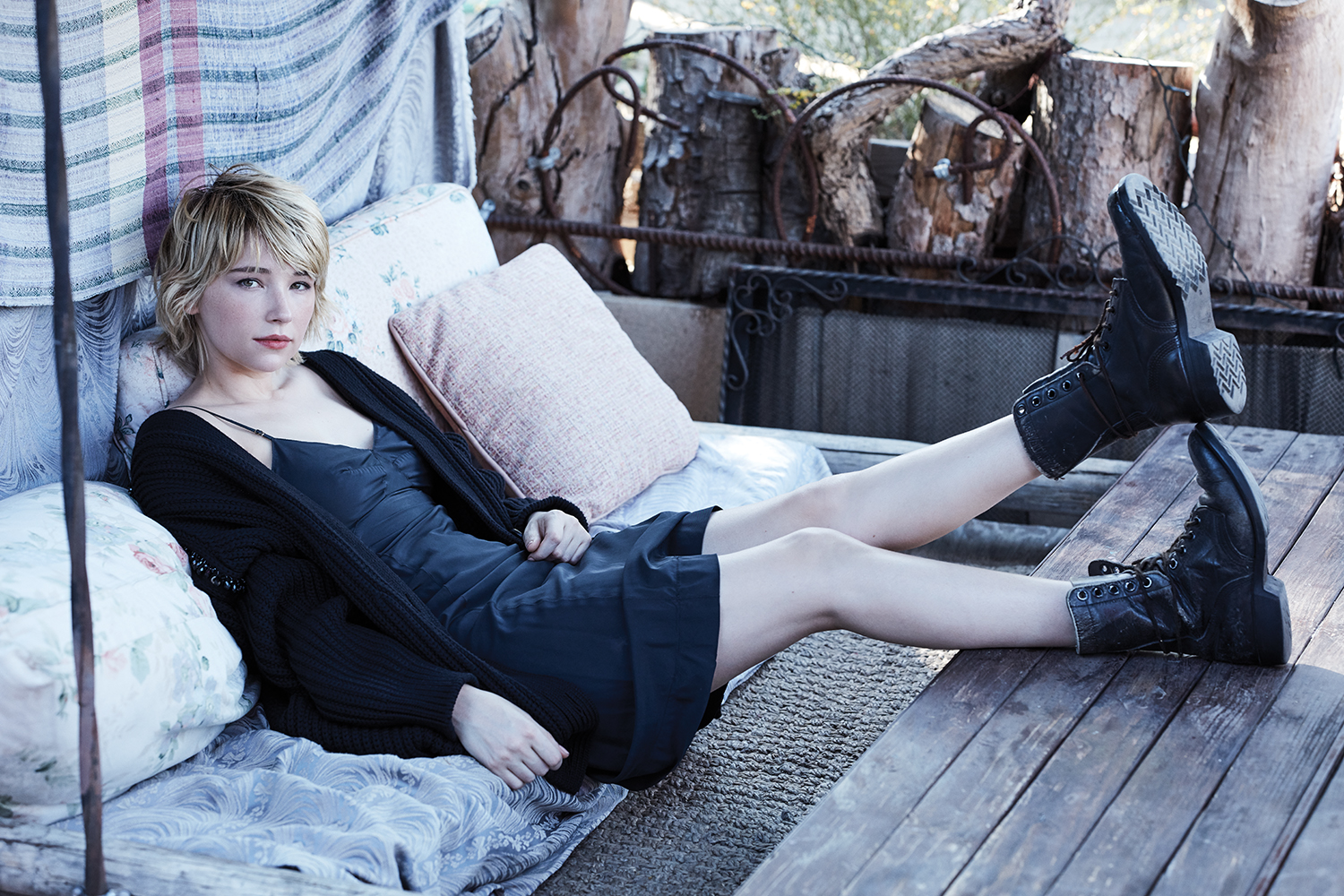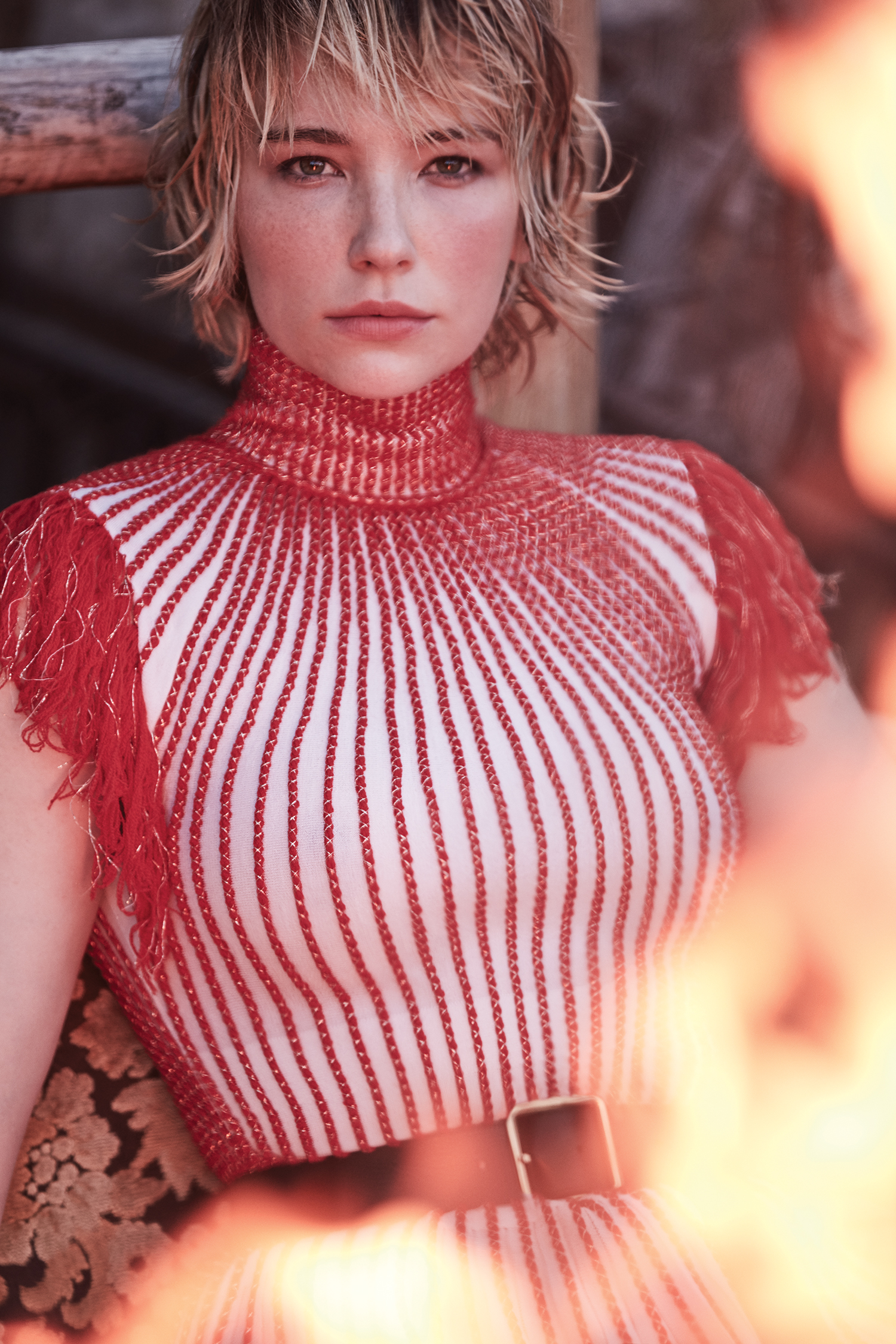YOLANDA HADID
Shedding celebrity skin in a compelling new memoir, Yolanda Hadid reveals her metamorphosis from television personality into a champion for Lyme disease survivors everywhere.
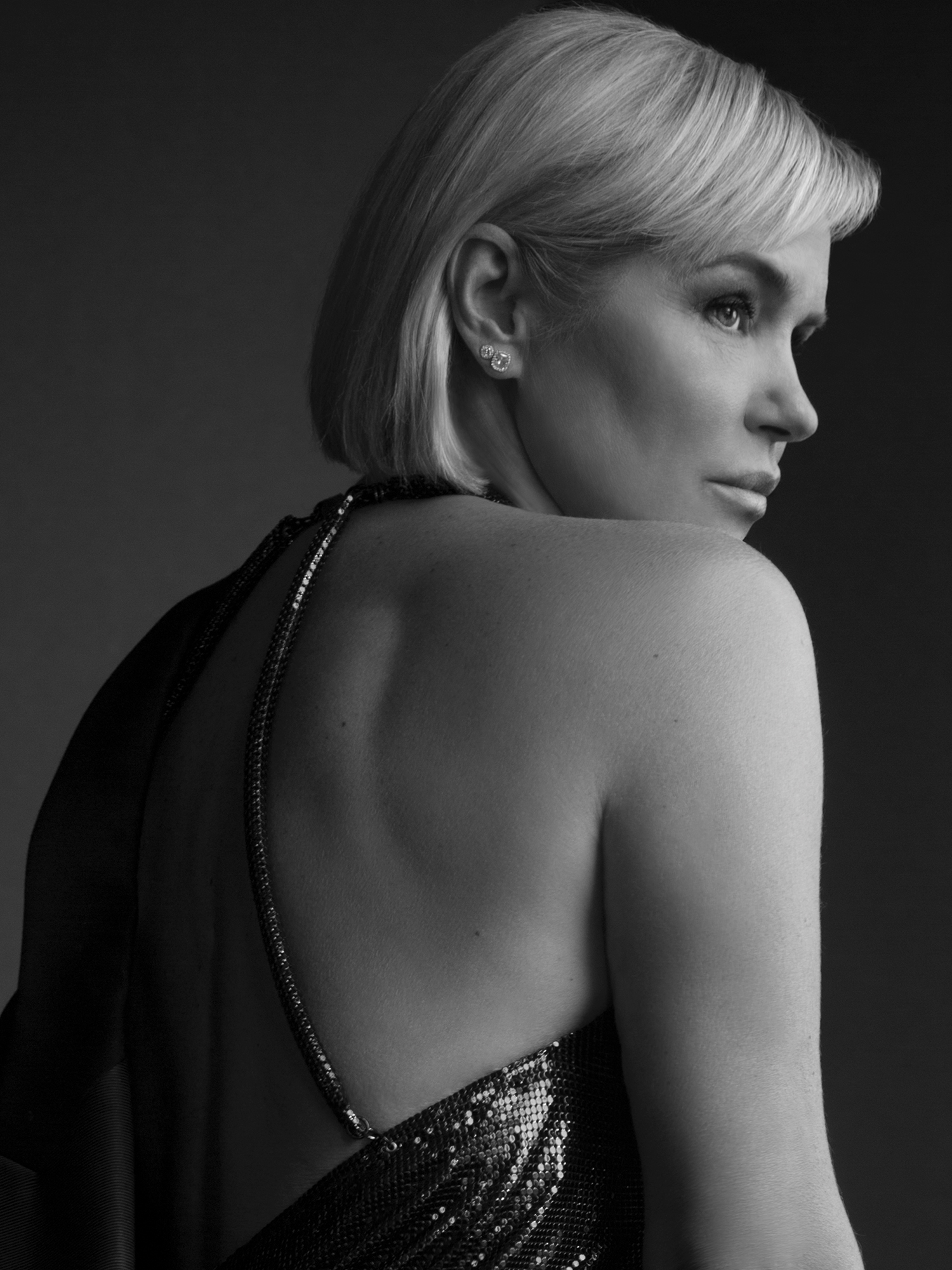
Photography by Karl Simone | Styling by Inge Fontayne @ Art Department | Interview by Dustin Mansyur
Chain Metal top by Paco Rabanne, black tuxedo blazer by Lanvin, Earrings by Martin Katz
Transformation is an effective modality when heralding life’s challenges with grace, and Yolanda Hadid is no stranger to change. Throughout the course of her life, Hadid has weathered tumultuous tempests with a hearty and positive outlook, “You have to pull up the bootstraps,” as she says. Few could survive the invasive stress of a camera following them while trying to heal from a debilitating disease, balancing duties as mother and wife, all while dealing with reality-tv Real Housewives of Beverly Hills castmate drama; but Hadid managed to do all of this with class, wit, style, and humor. Over the years, fans have been captivated by Yolanda’s candor and can-do attitude, who regularly takes to instagram and twitter to share positive kernels like: Focus on your goal. Don’t look in any direction but ahead. Or Character isn’t what you have, it’s who you are.
For Yolanda that has meant being the most authentic version of herself, grounded in her truth, and unashamed in the face of those who questioned or stigmatized her illness. Her new tell-all memoir, Believe Me: My Battle with the Invisible Disability of Lyme Disease explores Hadid’s journey down the rabbit hole for a proper diagnostic and 7-year long battle to remission. Hadid has many assets, but her strongest is her ability to evolve, attesting to the truth that suffering doesn’t have to be without reason. The memoir explores her personal evolution and spiritual journey to a higher conscious understanding of her life’s fullest purpose. With a highly-anticipated new series, Model Moms [working title] with Lifetime also in the works, Yolanda makes a return to television and has been busy with the show both on and off-screen.
Capitalizing on pop culture’s fixation as the mother of Supermodels Gigi and Bella Hadid, Yolanda will share her expertise and advice with aspiring model-and-momager duos. The show features weekly prizes and a chance at a coveted modeling contract with IMG Models. Adding executive producer to her accomplishments is a proverbial cherry on top for model mom Hadid, as she makes a full swing into a healthy, joyous comeback.
Too classy to gloat, Hadid’s proud smile simply shines all the way from the top. Success really is the best medicine. Here IRIS Covet Book shares a conversation with Yolanda Hadid.
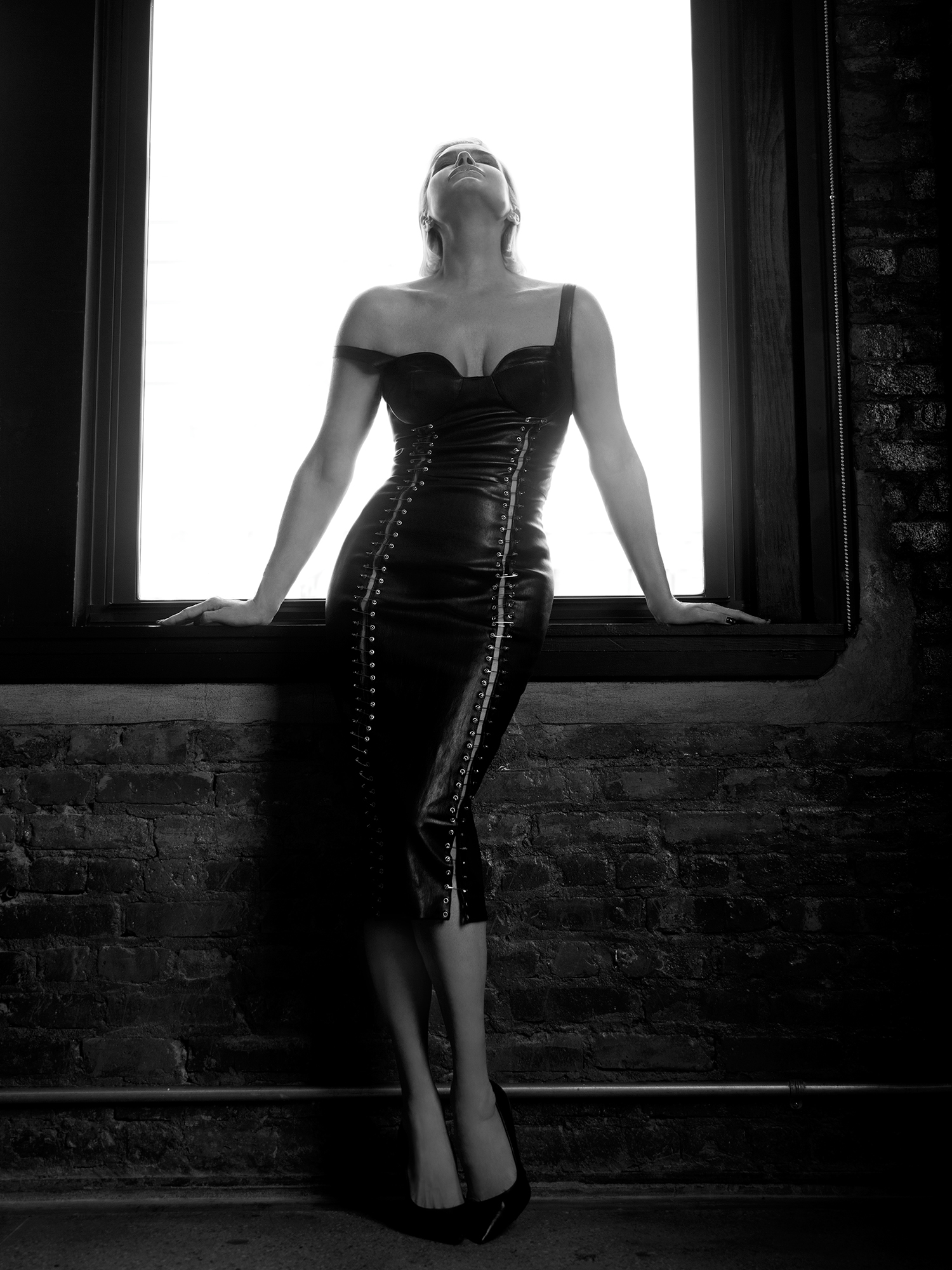 Georgine black leather dress with safety pin detail, Giuseppe Zanotti black satin sandals.
Georgine black leather dress with safety pin detail, Giuseppe Zanotti black satin sandals.
Many people recognize and know you from the popular Bravo series The Real Housewives of Beverly Hills, but you are actually a modeling industry veteran, with over three decades of experience. How old were you when you were discovered and did your world change quickly thereafter?
I was discovered in Holland by a Dutch agent when I was 16 years old and shortly thereafter by Eileen Ford, which opened many other doors internationally as I started working in London, Paris, and Milan. What made you want to break into the modeling industry and stick with it? I always dreamed of being a professional horseback rider, but never of a career as a model, so it kind of fell in my lap by coincidence. The traveling and financial independence that came with the job made me see the possibilities of my dreams. This is what really motivated me to be disciplined and stick with it for as long as I did.
How and when in your career did you decide to make the transition from modeling into other entrepreneurial interests and opportunities?
I’ve always been very driven and have had an entrepreneurial mindset since I was 12 years old. When I had Gigi at 30, I continued to model for another year. Once I gave birth to Bella, it became impossible to travel, so I started to learn about interior design and worked with my ex-husband on his real estate projects. Once I became a single parent, I remained busy with many different projects, but have always esteemed being a mother as my number one priority.
You helped launch your children’s successful careers in the fashion industry, sharing with them your expertise and experience. Now you’ll be bringing that same expertise to a wider audience on your new show with Lifetime. Can you share details about the premise of the show and how the project came about?
This project came at a very unexpected yet perfect time of my life. I knew that I wanted to move to NYC in the fall of 2017 when my son, Anwar, was going to attend college here. When this opportunity came along, I was completely emerged in writing my book. I was focused on sharing my story while still trying to heal from [what had been] a six-year journey. Energetically, this new opportunity felt right and caught my attention. I guess the best things do come along when you least expect it! I really did not plan on returning to television, unless it meant that I could do a project that was meaningful and inspiring. When I went in to meet Mioshi Hill [VP of Non-Fiction Programming ] and her team at Lifetime, I loved their concept for the show. I was pleasantly surprised that [Mioshi and I] were magically on the same page, and I am hoping the show will reflect that. The show will follow a panel of mother-daughter duos who will live in New York City for two months. The intent of the show is to nurture and prepare them mentally, physically, and emotionally while we explore a journey into the fashion industry and its possibilities. I also hope that the show will be educational and inspiring for all moms and daughters who value the importance of family and their journey together.
What has been the most exciting part of your role as an executive producer?
The most exciting part has been working with a great team from Hudson Media. They were willing to go the extra mile to try to make a meaningful show. I am very passionate about this project, and it’s the best feeling to finally be back at work, doing something I really love.
I imagine you have had more creative input and control with this new project?
Yes, it’s been great to not only be part of creating the scenes in front of the camera, but also to be a part of the editing process off-camera. Would you ever consider doing a masterclass online or in some kind of digital forum that would focus on the same topics as your training program on the show? I am open to anything that will unfold from this experience. I love to work hard and be busy!
What advice would you give to any young person who is trying to break into modeling or the fashion industry?
I believe that it is very important for any young person to have realistic expectations about what it takes to become a fashion model. But, if you are tall, photogenic, willing to work hard, and unique in your own way, then I think it’s worth giving it a shot. I want to shift topics a little and talk about your new book Believe Me. This is your first book. What was the writing process like for you? The writing process was a very cathartic experience for me because it gave me the opportunity to put everything that had happened all in a row, process it, and let it go. I am very grateful that I was given the opportunity to share my story, in order to educate and bring awareness to an epidemic that is much worse than people can imagine. Lyme disease has been growing in the shadows worldwide.
Did you go anywhere to find peace and silence to gather your thoughts while working on the book?
I started the process when I was on a trip to Tahiti. Being in silence so that I could hear my inner voice was really important for me. At that time I created the foundation and road map for the book by using chronological pictures from my iPhoto album.
Did you find the experience to be a source of healing?
I think writing is a great way to process things and, for me, very much a completion of that chapter in my life. I thank God everyday for being alive and being able to share my story. Do you think you will write more books in the future? I would love to continue to write, especially now. My brain fog is finally starting to lift after seven years of living with compromised brain function.
Why do you think you ignored the earliest symptoms you were experiencing?
I ignored the earliest symptoms because I’m a tough cookie. I thought that I could push through my symptoms, especially because prior to my diagnosis, doctors had told me that there was nothing wrong with me.
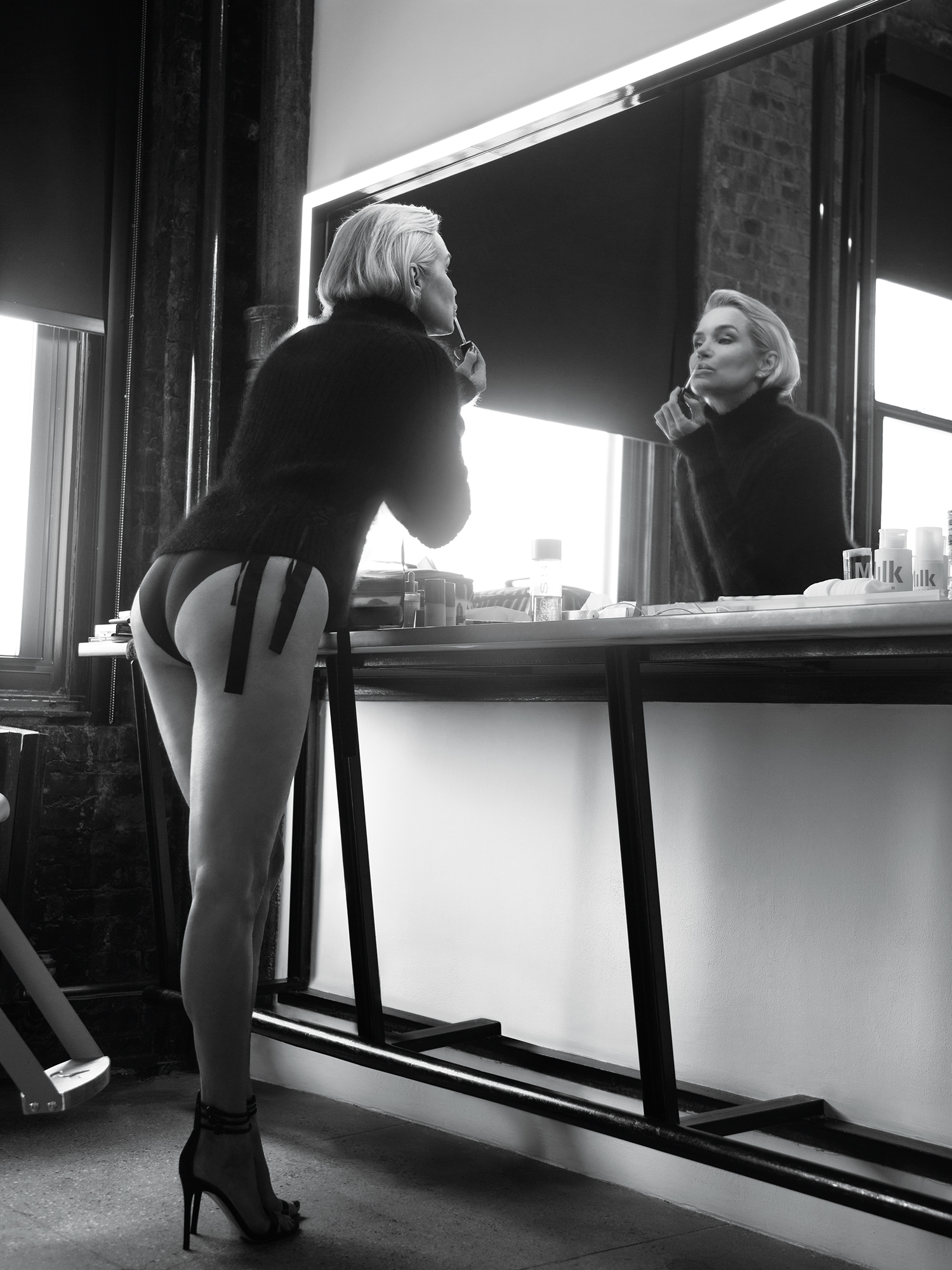 Black Sweater by Helmut Lang, Black Panty by Victoria’s Secret Ankle-Strap Sandals by Gianvito Rossi
Black Sweater by Helmut Lang, Black Panty by Victoria’s Secret Ankle-Strap Sandals by Gianvito Rossi
In what ways did your health journey and contracting Lyme disease force you to shift the focus on your own well-being?
I really did not have a choice. I was forced to shut down and retract into my cocoon while uncovering the mystery of chronic Lyme disease. You have chosen not to be a victim of circumstance, but rather a champion for a cause.
Why do you find it so important to use your platform as a tool to shed light on Lyme Disease and its devastating effects?
I truly believe that I got this disease in order to raise awareness and lift the stigma around Lyme disease. Once I understood the higher purpose of my journey, it became clear to me that this was the reason my platform was given to me. There is nothing I would rather do than find a cure affordable for all. This is my dream and will be my life mission until the job is done.
Which modality do you find more effective for those who are living day to day with a family member who suffers from a chronic disease / illness: Sympathy or empathy?
Empathy by far, I don’t think anyone suffering from a chronic disease is looking for sympathy. When you are severely debilitated and in the battle 24/7, a kind word of encouragement from a loved one or friend means a lot.
You make an interesting point in your book when Dr. Klinghardt says to you that the health protocols and regimens are only a portion of your journey to recovery, but also “that working on one’s emotional health is 50 percent of the healing pie”. Throughout the course of your health journey, what experiences have you had that have demonstrated to you the connection among mind, body, and spirit?
After being sick for so many years and living like an isolationist due to Lyme Disease, you lose the ability to really express yourself. When Klinghardt told me that, I was already 5 years into my journey; it just resonated with me. I knew I had to start digging really deep and let go of everything that could potentially hold me from fully healing.
What practices have helped you find balance and peace within this trichotomy?
Through stillness and meditation, I learned to clear my energy field from anything that is not pure. The recovery is long and I still work through stuff everyday but so does everyone else, life just isn’t perfect for anyone.
Suffering often provides us with an opportunity to learn, grow, and evolve. In your book, you share much wisdom that has resulted through your journey. What has been your greatest take away or lesson that you have learned by living with Lymes disease?
During this humbling experience, it became very clear to me that pain is inevitable for anyone, but that suffering is a choice. Practicing a positive attitude and gratitude is very important no matter how shitty your day is. When I started to evolve to my higher self, the road seemed very lonely, but I see now that I needed to shed every energy that no longer matched the frequency of my destiny.
In what ways would you say you have evolved internally / spiritually through the experience?
I really had to get to the essence of who I am in order to survive. So I started to pray more and began allowing my inner voice and intuition to lead me through every step of my recovery. It truly was a humbling experience that made me a much more patient, compassionate and stronger human. It lead me to live in my higher consciousness.
Does living with chronic illness force you to live in the present moment as opposed to being overly preoccupied with the future or past?
The past is gone, and I can’t control the future. You never know how many great hours or days you might have, so you learn to live in the moment and enjoy every minute of it.
You describe many situations when you met other Lyme disease patients who lost their homes, jobs, families, friends, and overall quality of life because of this silent disease. How did these stories shared by and experiences with these patients affect you?
The stories deeply affected me, and still do, as I connect with fans who are suffering everyday. The injustice of it all gave me the fire to fight for everyone and be a voice for those who can’t be heard.
Do you think that affordable healthcare, not only for Lyme disease patients, but all those suffering from a chronic illness, is a human right? If so, why?
Nobody in this world deserves to suffer the way Lyme disease patients do, and it is about time they get the acknowledgement that they deserve. Initially, you were misdiagnosed with chronic fatigue syndrome and depression, as well as prescribed medication for adult ADHD.
Yes, I feel that doctors in today’s world are very quick to write prescription to treat symptoms rather than finding the root cause of the symptoms. Is Lyme disease an illness that is well researched within the medical community?
It’s hard to understand the stigma and debates around Lyme disease considering the fact that it has been around for over 4 decades. I know there are many institutions working hard on finding a cure and proper diagnostics. I just pray it happens soon enough, as millions of people of all ages suffer deeply from this invisible, debilitating disease worldwide.
In what ways did you experience that the modern-day healthcare system in the US is failing its patients?
The health care system is failing the Lyme disease patients that do not recover after 28 days of antibiotics, as any care after that time has to be paid out of pocket. Believe me, it costs an astronomical amount of money to get well.
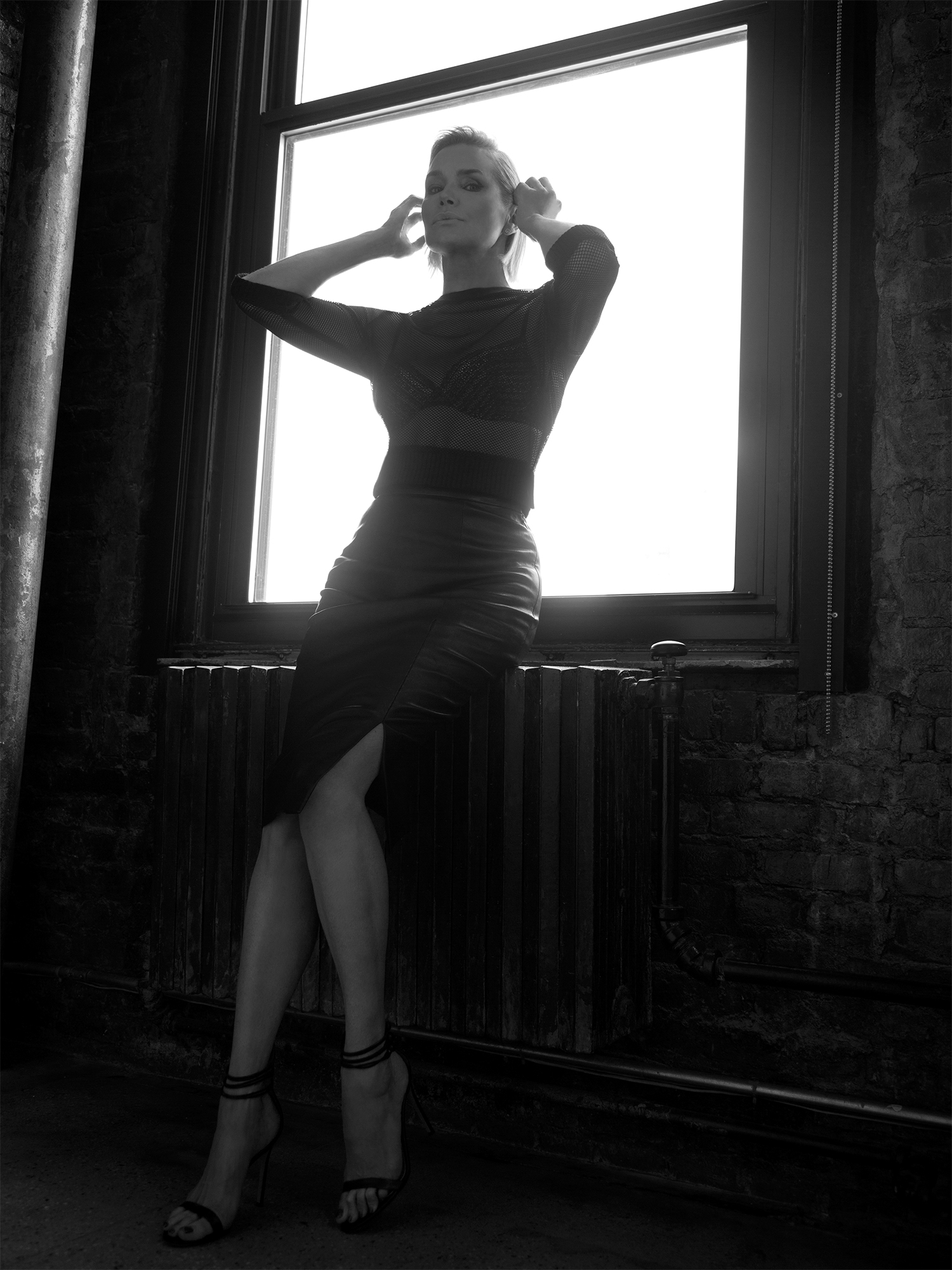 Black Mesh Top and black leather pencil skirt by Georgine, Black sandals by Gianvito Rossi
Black Mesh Top and black leather pencil skirt by Georgine, Black sandals by Gianvito Rossi
What value would you say homeopathic or alternative forms of treatment play in one’s journey to recovery?
We need to get back to Mother Earth, I believe we have a much better chance to heal from chronic Lyme disease holistically than with any of the pharmaceuticals that I have personally tried at this time. There is no magic pill to cure Lyme. Chronic illness, especially Lyme disease, can have devastating effects on a family unit and a marriage. You share very personal details about your marriage and how it was affected by your illness. I shared a few of the details and tried to do it without any judgment, but this is a real life story. What happened to me is something that happens to many of us. I learned that in today’s world, everything is fast and replaceable. Being a caretaker is very difficult, and I have much respect for those who support their partners through situations like mine. But, on the other hand, isn’t that what marriage should be about? Through the good times and the bad times?
What advice would you give to others suffering in a similar situation?
Show gratitude to those who are there to support you, but know that you are in this journey alone. So pull up your boot straps, and fight like it’s your full-time job – 24/7, slow and steady, one day at a time! There is light at the end of the tunnel, and you can all get there, but it takes hard work and dedication.
How have you managed to maintain hope / strength even in the face of the emotional trials that have been a part of your health journey?
My children are my guiding light and my reason for wanting to live and fight through the darkest days of my life.
Thus far, what has been your greatest victory in your battle against Lyme disease?
My greatest victory is being back on my feet, in remission and being able to give back and help others get through this nightmare.
Besides your new book and show, what other projects do you currently have in the works?
My dream is to eventually open a healing center and apply all that I have learned in this journey. But for now, I am very much enjoying just living life, working on expanding my brand, and making up for the seven years I’ve lost!
The fashion industry’s opinion of what is beautiful is in a constant state of change. Today, after all you have experienced, how would you define beauty?
Fashion to me is a personal expression of taste, feelings and choices. But, for me, beauty is your inner authenticity, the connection to Mother Earth, and standing strong in your roots while enduring the storms of life gracefully. The Housewives series is famous for its personalities’ bylines at the beginning of each show, and each season, you write a new byline for yourself.
Today, after all that you have overcome, and accomplished, what would your byline be?
You can’t beat a woman that never gives up.
Is there any message you would like to share with those who ever doubted you?
I send love and forgiveness to all those that ever doubted my journey, and I pray that none of them or their loved ones will ever be affected by Lyme disease or have to suffer the way I did. To be unafraid of the judgment of others is the greatest freedom you can have, and that’s really the bottom line of what I took away from the whole judgment situation I experienced. I will continue to work hard in silence and let the success of my recovery make the noise.
 Black Sweater by Helmut Lang, Black Panty by Victoria’s Secret
Black Sweater by Helmut Lang, Black Panty by Victoria’s Secret
Hair by Seiji @ The Wall Group, MakeUp by Dominique Samuel using Giorgio Armani cosmetics, Art Direction by Louis Liu, Editor Marc Sifuentes, Stylist’s Assistant Jenny Hargrove, Production by XTheStudio Special Thanks to Sean Gomes, Special Thanks to Milk Studios NYC, Special Thanks to Marc Johnston.

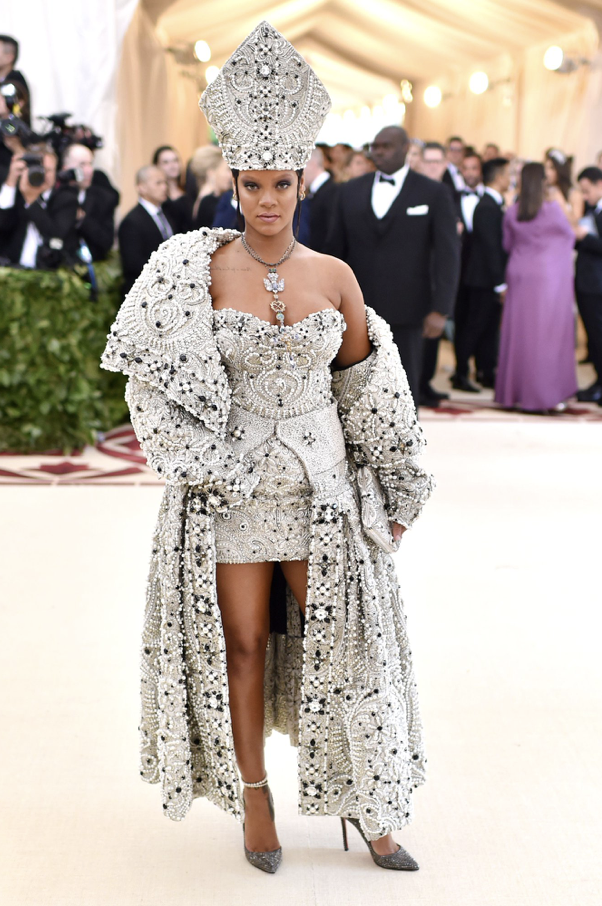
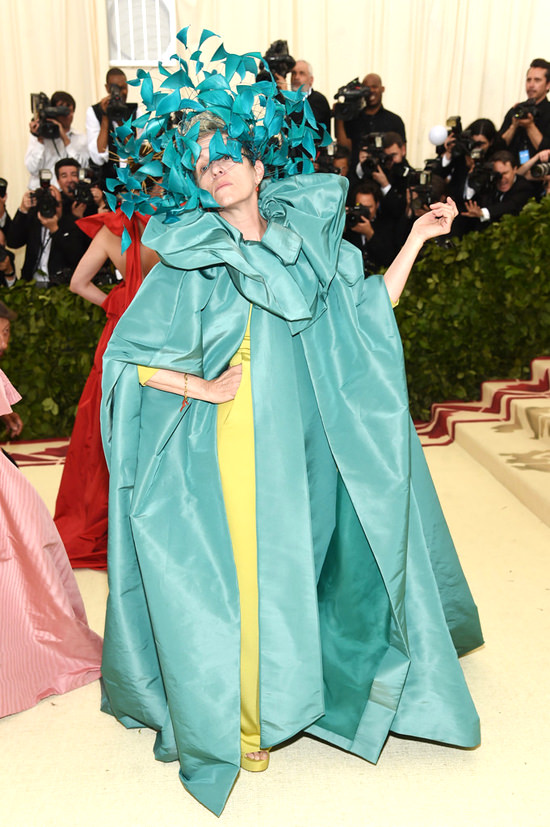

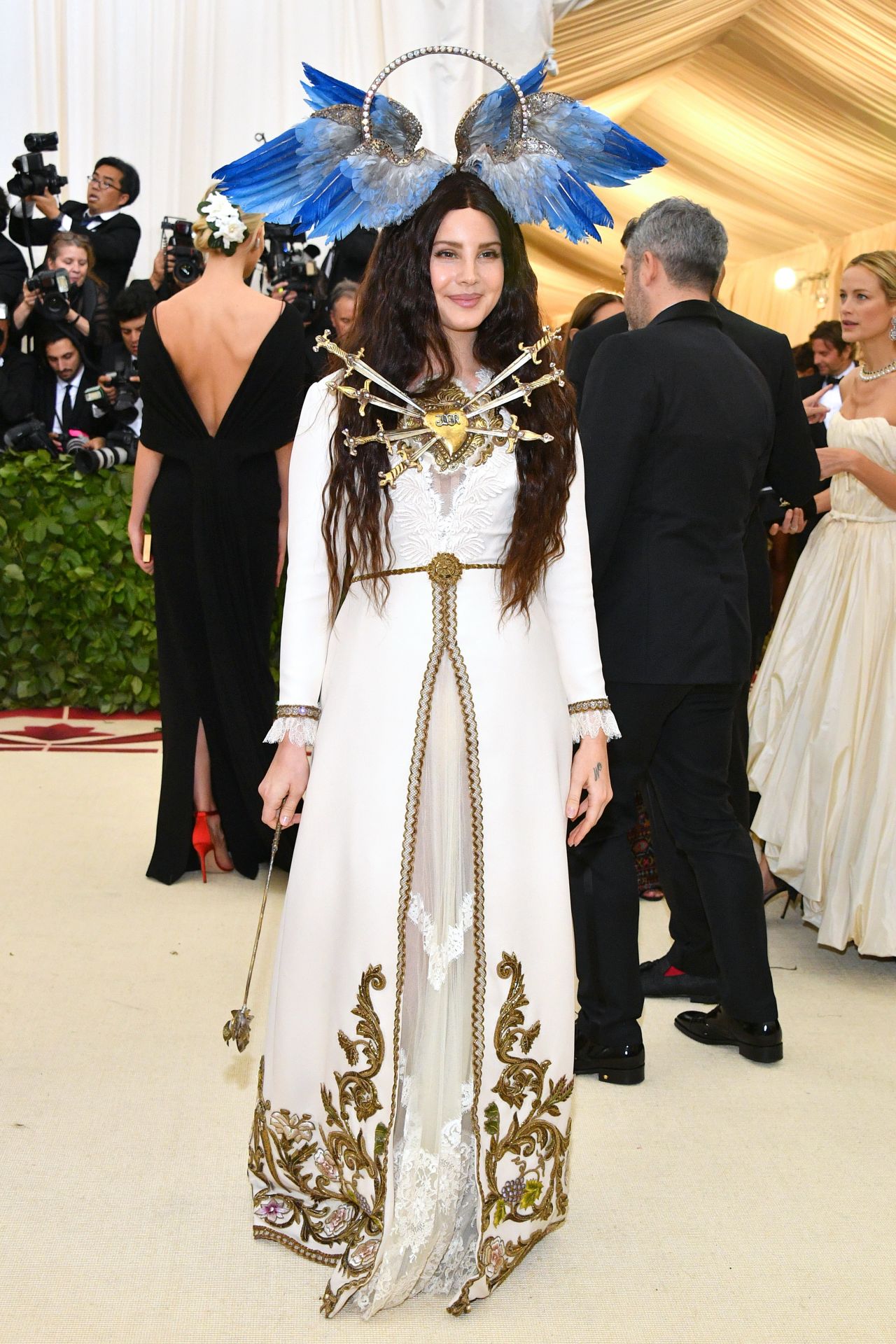
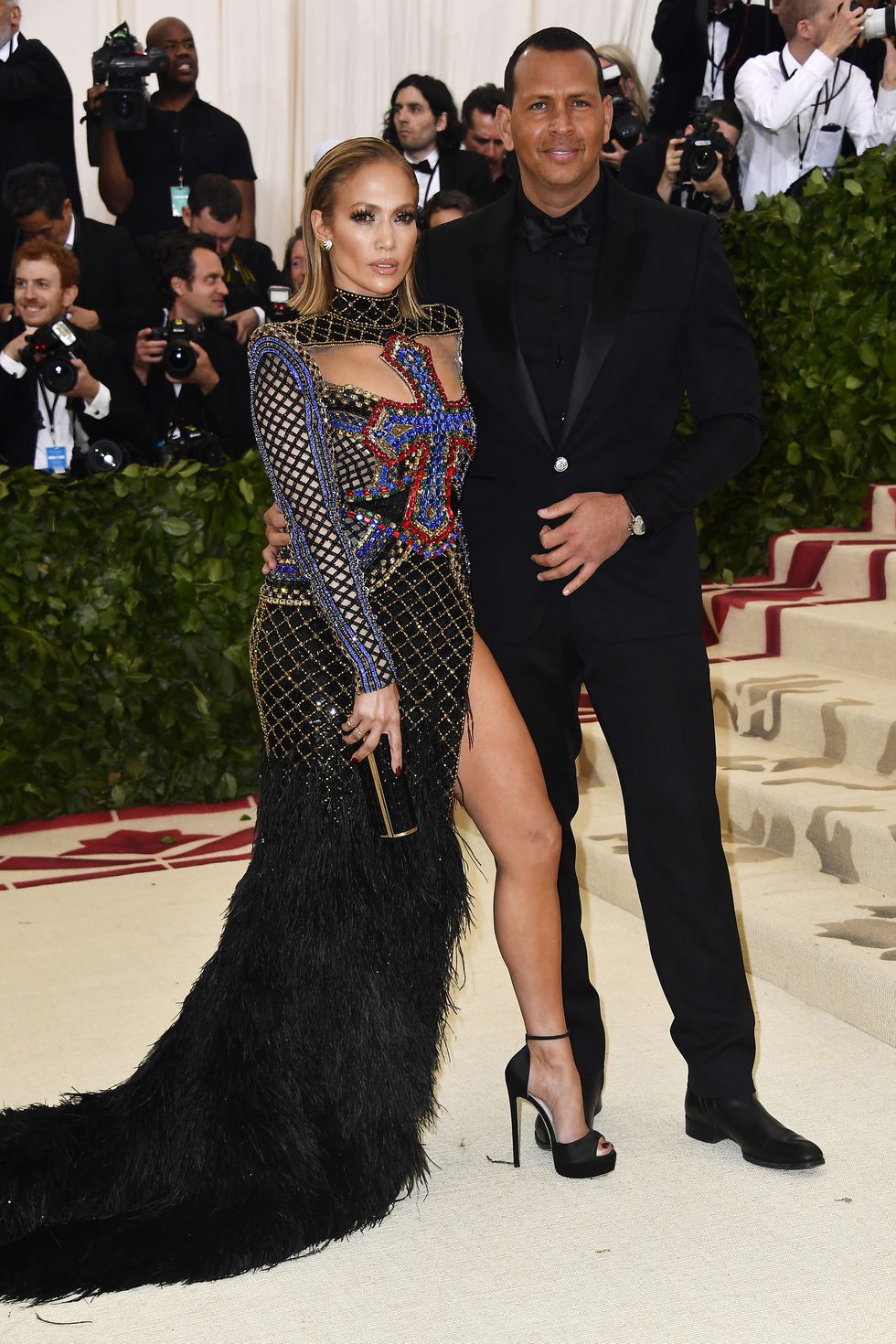


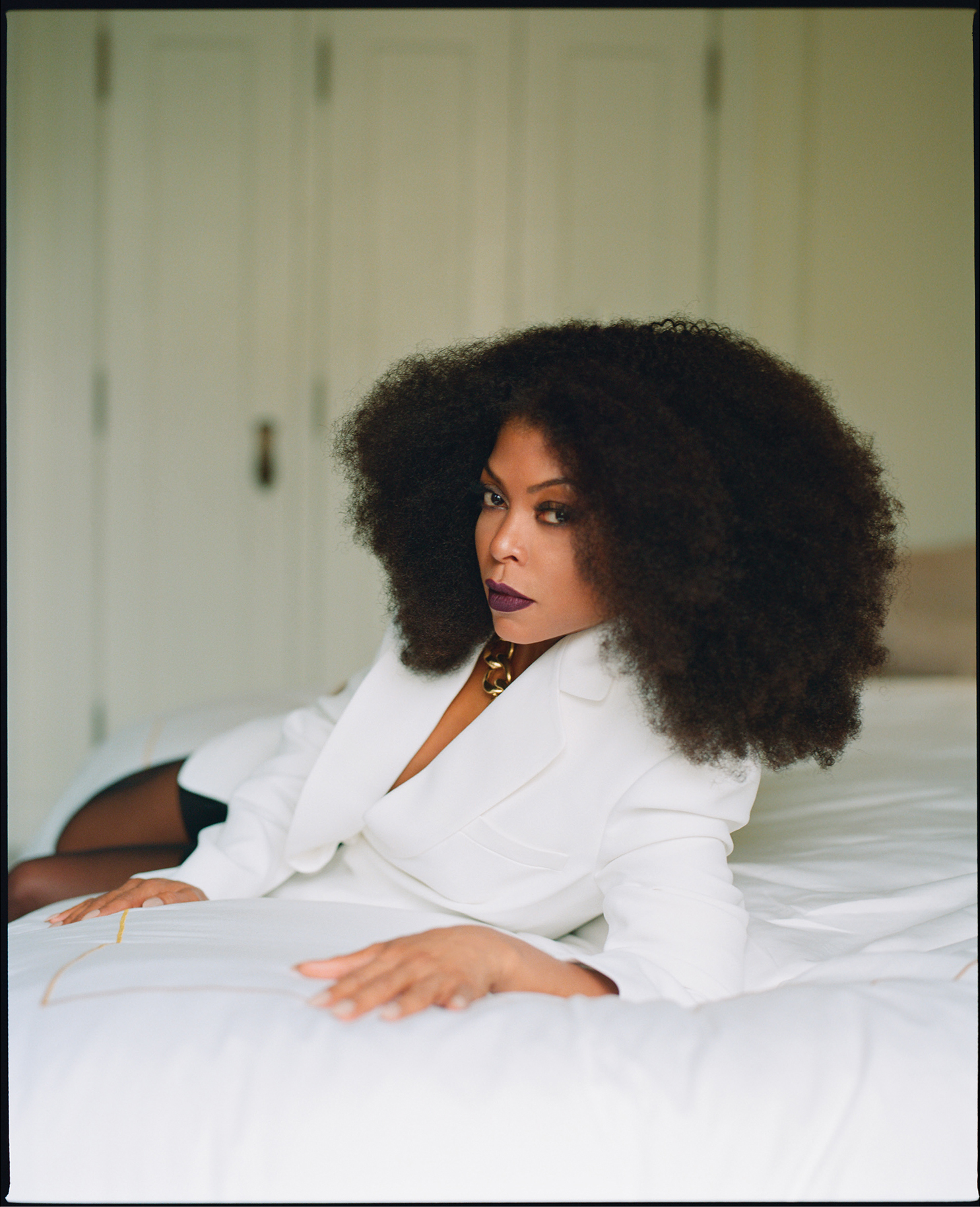
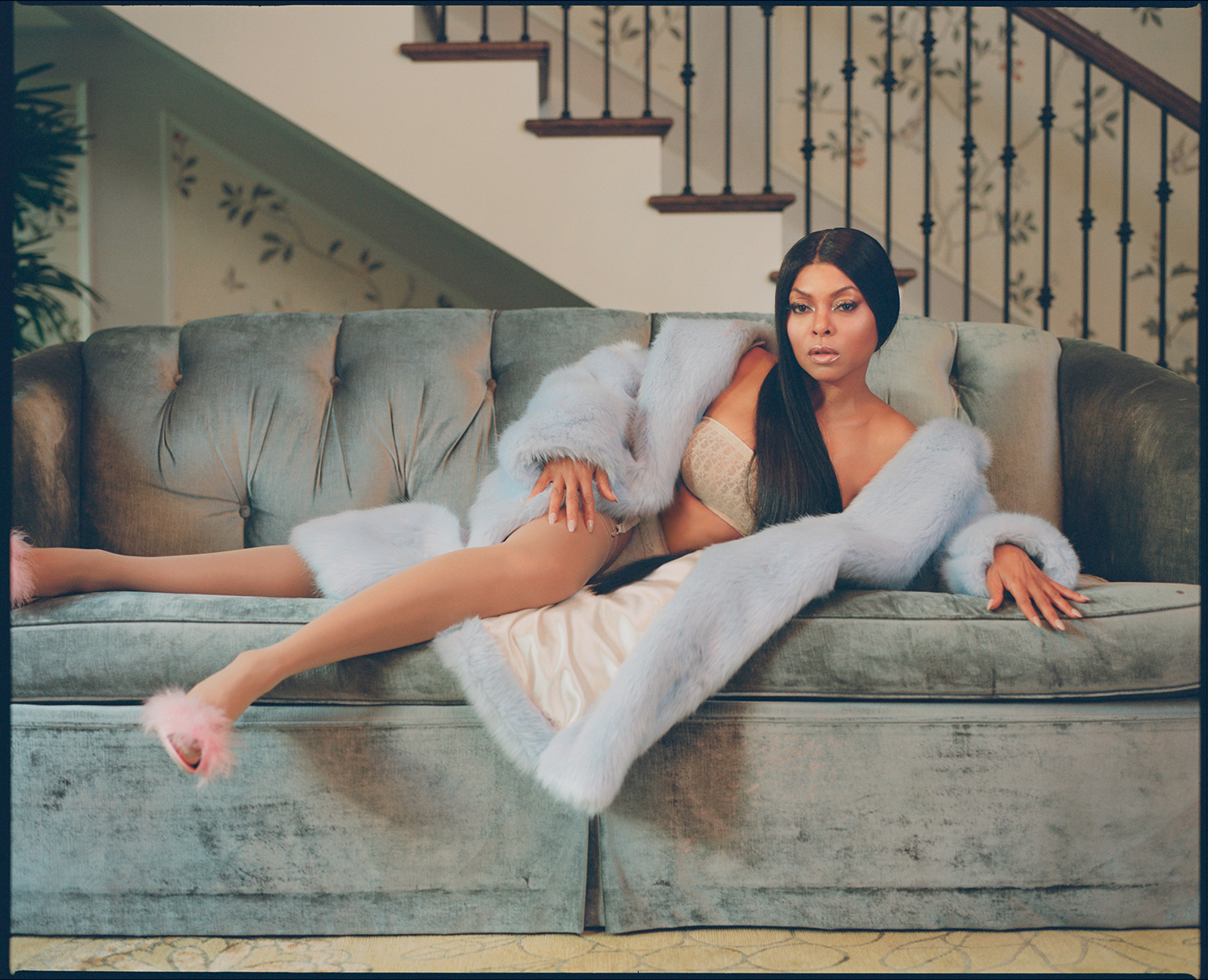 Coat by
Coat by 
